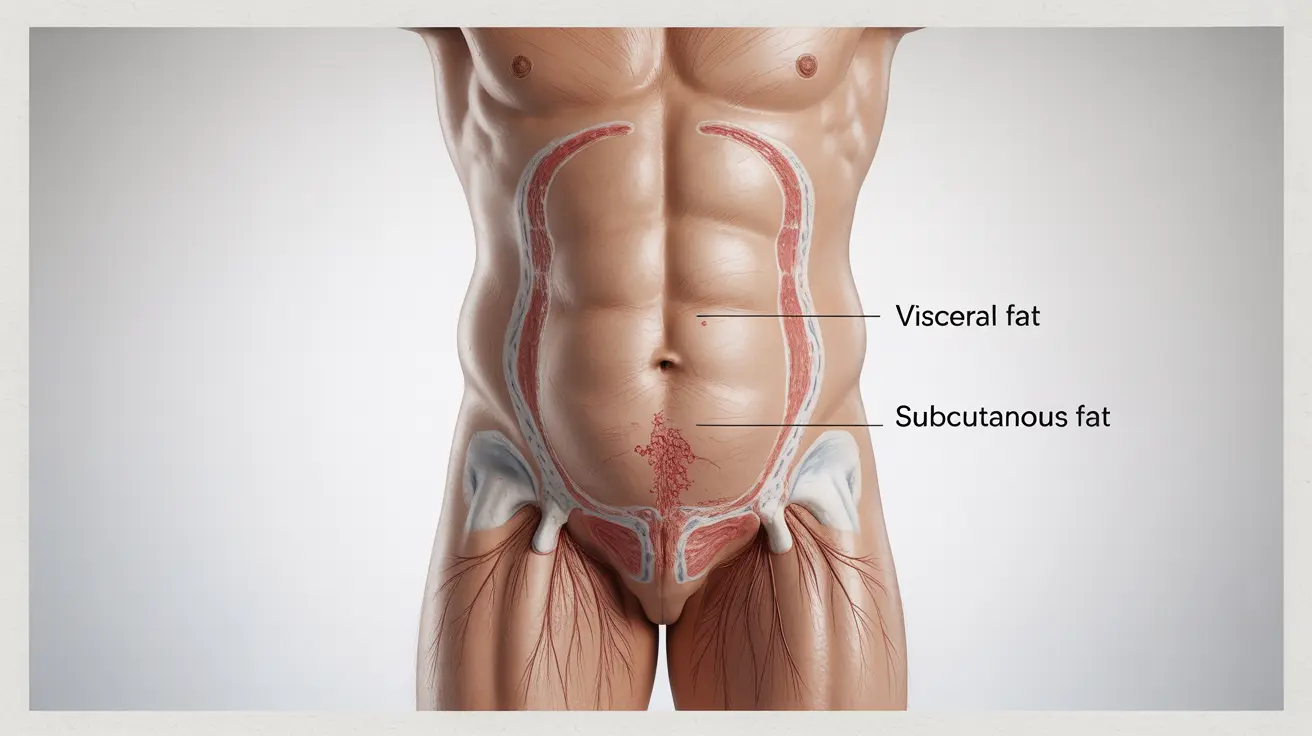Many people wonder if they can control where their body stores fat, especially when trying to achieve specific fitness goals or address concerns about particular body areas. While the desire to target fat loss in specific areas is common, the science behind fat distribution is complex and influenced by multiple factors.
Understanding how your body stores and loses fat can help you develop more effective strategies for overall health and weight management. Let's explore the science behind fat distribution and what you can realistically do to maintain a healthy body composition.
The Science of Fat Storage and Distribution
Your body's fat distribution pattern is primarily determined by genetics, hormones, and biological sex. These factors create a predetermined blueprint for where your body is most likely to store excess fat, making it challenging to directly influence these patterns through diet or exercise alone.
Genetic Factors
Genetics play a significant role in determining your body's fat storage patterns. Your DNA influences factors such as:
- Body shape tendencies
- Fat cell distribution
- Metabolic rate
- Hormone sensitivity
Hormonal Influence on Fat Storage
Different hormones significantly impact where your body stores fat. For example, testosterone tends to promote abdominal fat storage, while estrogen often leads to fat accumulation in the hips and thighs. This explains why men and women typically have different fat distribution patterns.
Why Spot Reduction Doesn't Work
Despite popular belief, you cannot choose where your body loses fat through targeted exercises. When you lose weight, your body reduces fat stores throughout your entire body according to its own genetically determined pattern.
The Truth About Fat Loss
When you create a caloric deficit through diet and exercise, your body:
- Breaks down fat cells throughout your entire body
- Releases stored fat for energy
- Reduces overall body fat percentage
- Follows its natural fat-loss pattern
Health Implications of Different Fat Distribution Patterns
Where your body stores fat can have significant implications for your health. Visceral fat, which accumulates in the abdominal area around organs, poses greater health risks than subcutaneous fat found in areas like the hips and thighs.
Understanding Different Types of Body Fat
Body fat can be categorized into two main types:
- Visceral fat (deep abdominal fat)
- Subcutaneous fat (fat under the skin)
Healthy Approaches to Managing Body Composition
While you can't directly control where your body stores fat, you can take steps to maintain a healthy overall body composition:
- Regular cardiovascular exercise
- Strength training to build muscle mass
- Balanced, nutrient-rich diet
- Adequate sleep and stress management
- Consistent hydration
Frequently Asked Questions
Can you change where your body stores fat through diet or exercise?
No, you cannot directly control where your body stores fat through diet or exercise. Fat storage patterns are primarily determined by genetics and hormones. However, maintaining a healthy lifestyle can help reduce overall body fat.
What factors determine why fat accumulates in certain areas like the belly, hips, or thighs?
Fat distribution is influenced by multiple factors, including genetics, hormones, biological sex, age, and overall lifestyle. Hormones like estrogen and testosterone play particularly significant roles in determining where fat accumulates.
Why is spot reduction of fat from specific body parts not effective?
Spot reduction doesn't work because fat loss occurs throughout the body when you create a caloric deficit. You cannot target fat loss in specific areas through exercises; your body follows its own genetically determined pattern of fat loss.
How do hormones like estrogen and testosterone affect fat distribution in men and women?
Testosterone typically promotes fat storage in the abdominal area, which is more common in men. Estrogen tends to direct fat storage to the hips, thighs, and breasts in women. These hormonal differences explain the typical gender-specific patterns of fat distribution.
What health risks are associated with storing excess fat in the abdominal area compared to hips or thighs?
Excess abdominal fat, particularly visceral fat, is associated with higher risks of cardiovascular disease, type 2 diabetes, and metabolic disorders. Fat stored in the hips and thighs, while potentially concerning aesthetically, generally poses fewer health risks.




